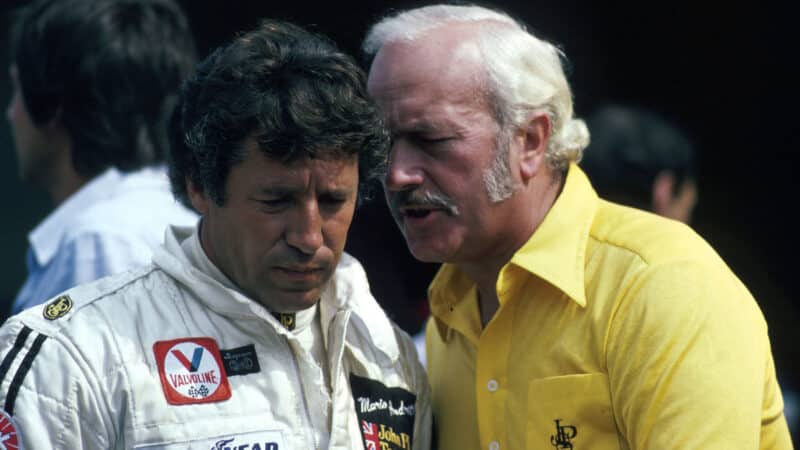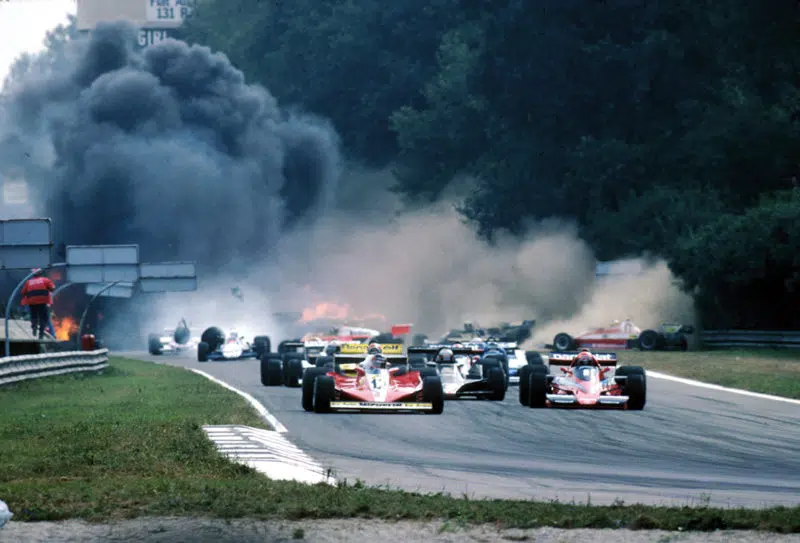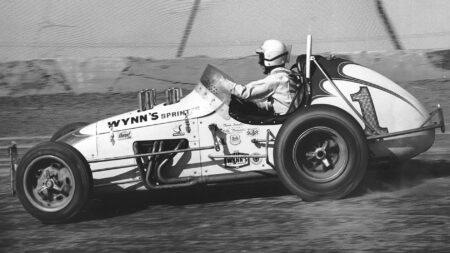“But you know, at the beginning of those seasons, especially when I got to sprint cars – you’d look around at the drivers’ meeting and wonder, ‘Who’s going to be here at the end?’
“We’d lose four to six every year. In 1964, in sprint cars, in two races we lost two drivers each – four in two different races. And one was my team-mate.”
While every circuit posed a formidable challenge for drivers of that era, especially in IndyCar disciplines, Andretti pinpoints the infamous Langhorne as a track in particular famed for taking few prisoners.
“The place claimed 52 lives,” he emphasises. “The year before I got to drive the IndyCar [in 1963] I was a spectator on the infield looking for a ride [at Langhorne] and there was a fatality. Bobby Marvin was killed in Turn 2, and I watched him burn to death. And I got his ride.”

Andretti cut his teeth on treacherous sprint car dirt ovals
Getty Images
Andretti’s second ever IndyCar event came at the circuit, with the 1978 F1 champ revealing his emotions pre-race.
“I was really, really apprehensive – only because all the talk about the danger aspect of it, and I had never driven it before,” he remembers.
“It had only one short straightaway, you were just driving with the throttle basically. One area in Turn 2 was very rutty. You had to grit your teeth and just power through it. If you backed off you would flip.”









